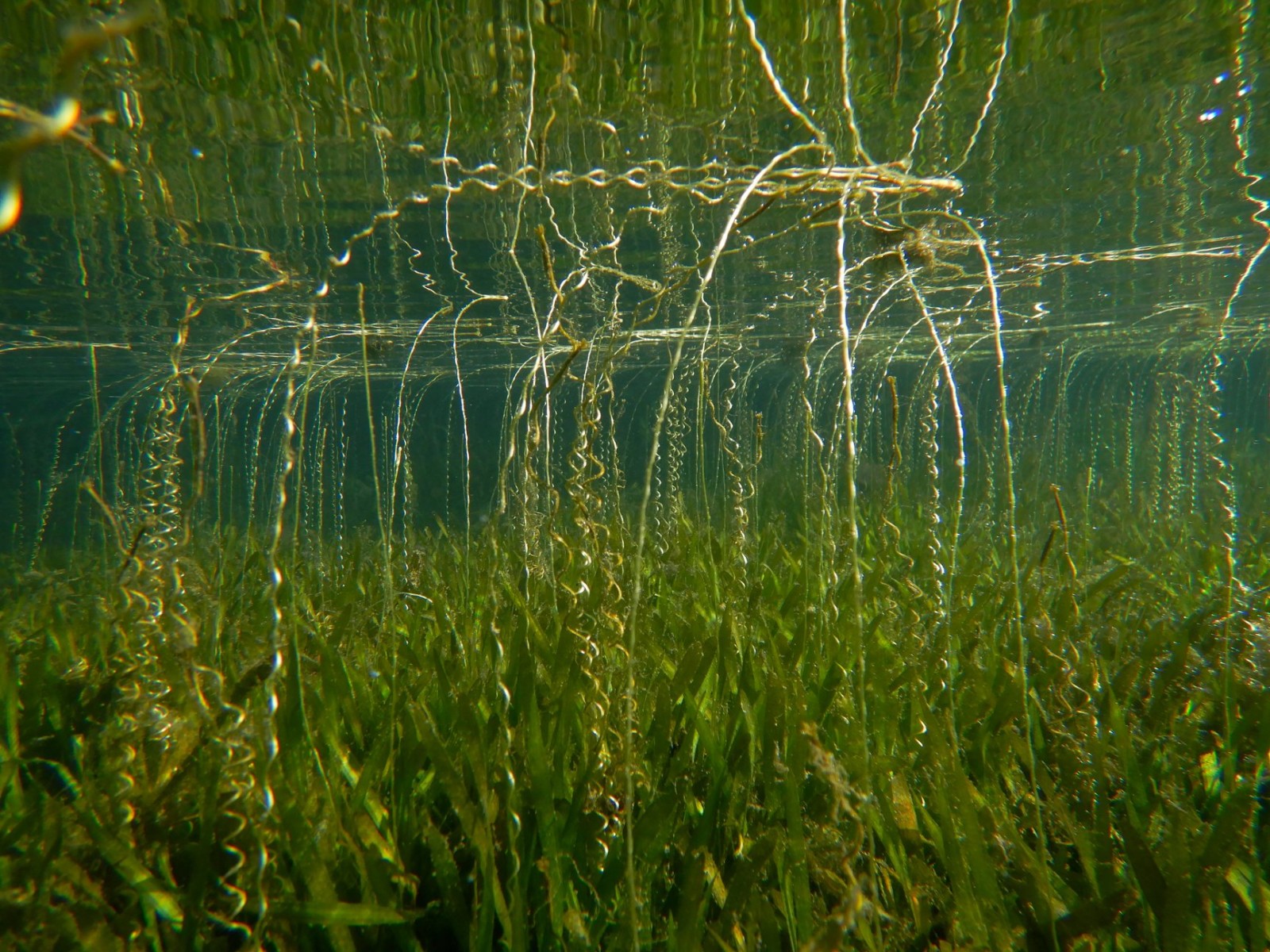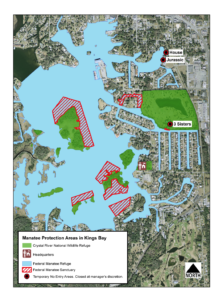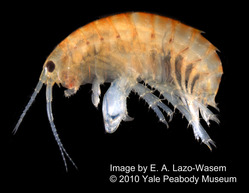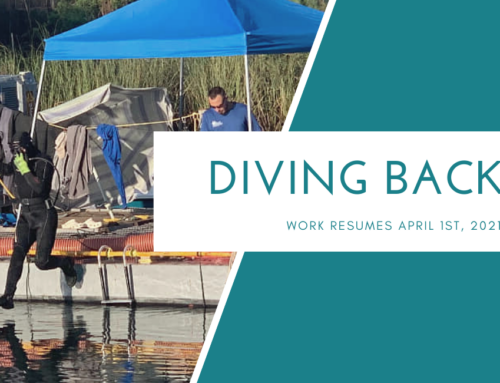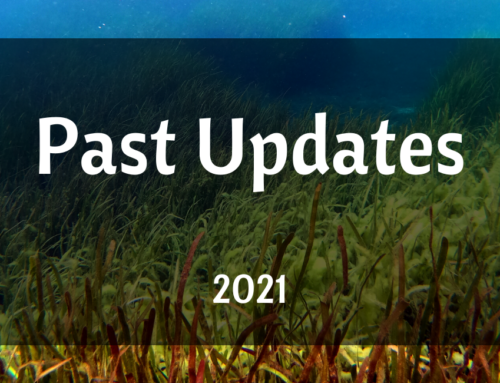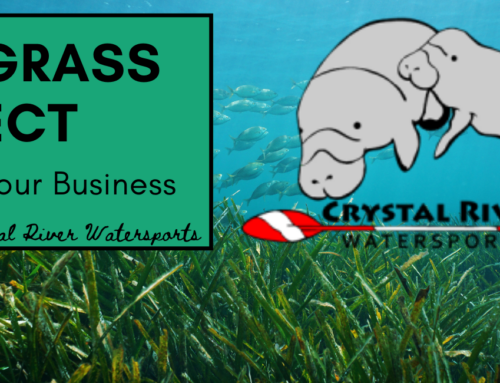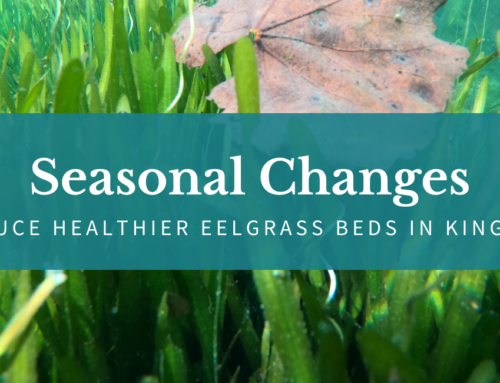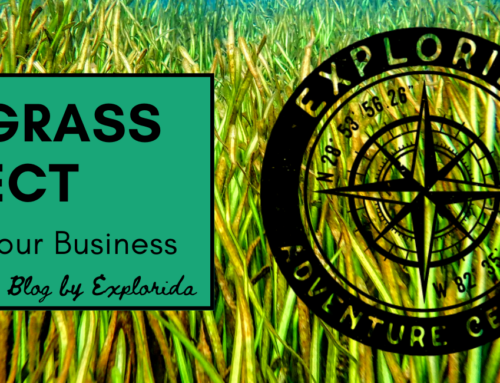Bay Restoration a Scientific Success – Again!
Every year, Save Crystal River commissions scientists to study how well our Kings Bay Restoration methods work. Every year we receive glowing results. An independent science firm is used because it guarantees those paying for the restoration to know their money is well spent. The Kings Bay Restoration Project is working. This article explains the project, telling how a group of citizens has managed to transform over 23 acres from stinky muck with virtually no plants or animals into a thriving, healthy ecosystem once again.
What is the Kings Bay Restoration Project?
The Kings Bay Restoration Project’s ambitious goal is to restore over 92 acres of King’s Bay, a fresh water inland bay in Citrus County, FL. The bay is fed by the Floridan Aquafer, and is a vital spring-shed. Save Crystal River (a 501(c)(3) nonprofit of local concerned citizens) created this project. As of January 2019, over 10 Million Dollars have been invested to restoring this damaged ecosystem. And the restoration is working. This area is called Crystal River for a reason. It was once crystal clear and filled with native eelgrass and wildlife. However, invasive species, declining water quality, increased nutrients, runoff, and an out of control filamentous algae called Lyngbya, have all done incredible damage to this bay.
Yet the Restoration Project shows that this damage can be reversed. We are sharing the exciting results of our latest biological study. That study shows just how well these restored habitats are doing. The Kings Bay Restoration Project is about 25% complete, and finished its fourth year of restoration in November 2018. The Project removed over 161,000,000 (161 Million) pounds of muck from the bottom of just over 23 acres of waterways!! That is a lot of muck. Those 23 acres are now all replanted in eelgrass and protected for a year. Each year those eelgrass meadows grow more dense and spread further downstream.
Where is Kings Bay?
Kings Bay is at the headwaters of the Crystal River. The river runs westward, and after about four miles discharges into the Gulf of Mexico. The entire river suffers from a lack of healthy habitat. The factors mentioned earlier lead to the decimation of the eelgrass and an increase in algae. These high volume springs serve as a crucial winter refuge for the federally-threatened manatee. The loss of vegetation directly impacts these migratory sea mammals. With no local food source, manatees must travel out into the Gulf to graze.
By planting acres of eelgrass, we increase the amount of local food available to these amazing animals. By planting around the bay, we reduce grazing pressure on any one patch of grass when the manatees winter over at the springs. During the summer months most of the manatees migrate south. With fewer manatees present, there is plenty of grass to go around! But there still isn’t enough grass to support our increasing wintertime population of manatees. Yet with every year of planting, we gain acres and acres more of this valuable food source for wintering manatees. And even though it looks like they eat all the grass in the winter, the roots remain, and the eelgrass returns in the spring.
Hot off the presses – 2018 study Results
Johnson Engineering, an independent leader in environmental research, completed their 2018 biological assessment of the Kings Bay Restoration Project. At the end of each restoration season, we ask these scientists to research how this project is doing. Their previous 2017 study compared an unrestored canal to a restored canal. This study helped us understand the difference between these two different habitat types. They found a huge difference in the critters – with a much higher number of species living in the restored areas. Keep reading to learn what they studied in 2018 and how they measure success.
How do you measure success in an ecosystem?
This year, Johnson Engineering studied our restored areas at two different seasons. The two seasons studied helps us understand how wildlife uses these areas differently across the year. They took samples in May when many species slowly start returning to spawn, and again in October when the eelgrass is at its peak in the growing season. The area labeled “Phase 1A” below was studied. It is located in the canals surrounding Hunters Spring. See the highlighted area on the map below:
The assessment’s goal: identify aquatic faunal communities (fishes and macro-invertebrates such as snails, worms, insects, and other creatures). And eelgrass present was measured in randomly selected areas. These ongoing studies track the long term progress of the Kings Bay Restoration Project. The studies verify the success of project efforts, and to identify which species are the most useful indicators when measuring success.
Scientists used several methods to sample the Bay’s organisms. They scooped samples of the bay bottom (muck), and used various traps and nets to collect fishes and small animals. They even used artificial habitats that attract various small critters. Studying samples collected different ways allows for the widest variety of habitat types to be analyzed. These methods ensure we get the largest sample of the different species present. Some macro-invertebrates like worms, bury in the mud so only scooping a sample off the bottom with find them. Traps and nets catch fish and aquatic insects. Samples taken generated over 42 different species in the newly restored area!! We know from a previous Johnson Engineering report that compared an unrestored canal to a restored canal, that there are far fewer species present in the unrestored areas. The level of species diversity tells us if we have a healthy ecosystem.
All creatures great and small
One of the most important species for differentiating an unrestored area from a restored area is the amphipod crustacean called Hyalella azteca. This creature is an important prey item for many fish and birds. It is only present in our cleaned and replanted canals. Additionally, there were 12 other species that are also good indicators of restoration success. Knowing which species are the most important for measuring success makes it easier to conduct targeted studies in the future. We are planning to monitor the health of Kings Bay long term!
One fish, two fish tell a success story …
Fish species also show increasing numbers and diversity in the restored areas, an excellent indicator of a healthy ecosystem. Sport fishes, such as largemouth bass and sunfishes, are becoming more abundant now that they have suitable nesting areas (clean white sand and meadows of eelgrass as opposed to muck and Lyngbya (filamentous blue-green algae). Species of bluegill, redear and spotted sunfish, and hogchokers were also found, and they are positive indicators of a thriving ecosystem. Readear sunfish are also known as shellcrackers because they feed on snails. So their presence means there is also a healthy snail population nearby too.
How Rock Star Eelgrass got its name
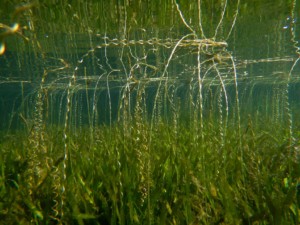
Dense meadow of flowering eelgrass plants (the flowers are the spiral stalks that reach up to the water surface)
Scientists measured the eelgrass in May and again in October and showed that in Phase 1A the plants expanded from 12% coverage to 35% coverage. Which isn’t bad for the first year of growth. They also took a look at the pilot project again (see “Pilot Phase” in the map above), after several years of growth. Eelgrass coverage increased from 35% to 89% in this area!! (You can see how much the Pilot Project has matured since the last report) This shows it just takes some time for the grass to fully cover canal bottoms. Much like re-seeding your lawn, it can take a few years for the turf grass to fully fill in and look great.
This eelgrass survived quite well despite continual grazing from our summertime manatee population. In fact, light grazing is good for plants because it encourages them to expend their energy making new plants rather than growing tall. This means our summer manatees help encourage the grass to spread faster. And we plant a variety called Rock Star because of its ability to grow so quickly.
A Scientific Success
This year’s biological assessment is another glowing report on the success of the Kings Bay Restoration Project. And each year these restored areas get better and better. The eelgrass fills in more and more and the fish and wildlife continue to return. More native species are returning, and the diversity of wildlife is increasing. Eelgrass is thriving and flowering, and every indicator is that this is a healthy, functioning ecosystem once again! If you want to read the full report (or you really love statistics!!) you can find it here. We can’t wait to see what the next four years of restoration brings to the Kings Bay ecosystem. You can also read all of our other technical reports and annual summaries which can be found here.
Want to learn how to support our efforts? Visit www.SaveCrystalRiver.com for more information about ways to make a difference!


